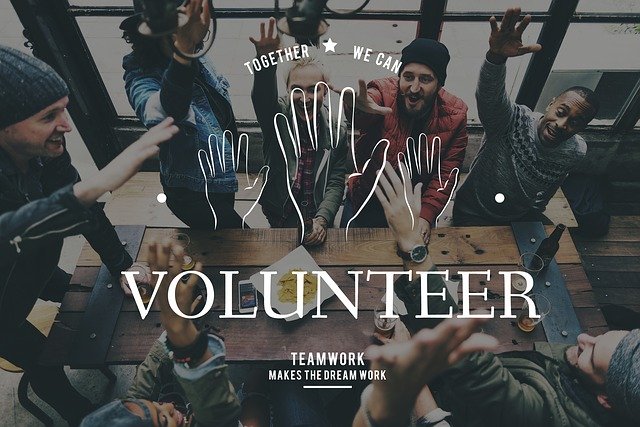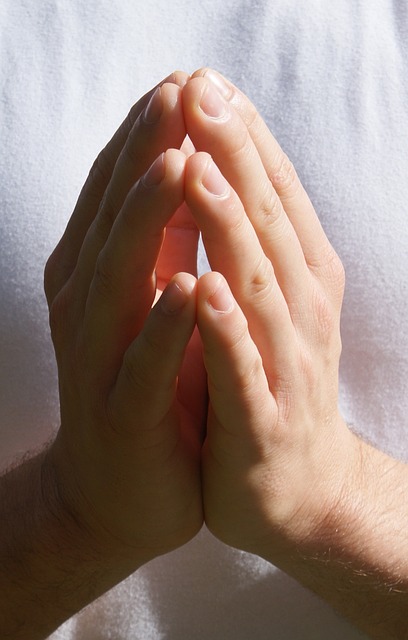Diana Winston reminds us that part of mindfulness is “accepting what is” – being able to deal actively and constructively with our present situation, however unwelcome. Diana, Director of Mindfulness Education at MARC, UCLA, defines mindfulness in her podcasts as paying attention to our present moment experiences with openness and curiosity and a willingness to be with what is. Tara Brach argues that acceptance of what is begins with radical acceptance – overcoming feelings of not being good enough and fully accepting ourselves so that we can live life more fully. Shamash Alidina stresses the proactivity involved in accepting what is – he argues for a growth mindset which entails being willing to learn from our experiences and to change what we can change.
Ways to develop acceptance of what is
There are many times in life when things do not turn out according to our plans, our anticipation or our expectations. These experiences can often lead to persistent negative and destructive feelings that undermine our ability to live life fully and be present for others. Below are some ideas on ways to develop the requisite acceptance of what is:
- Begin with self-acceptance – Tara’s book mentioned above has resources, exercises and meditations that can help to develop self-acceptance. Tara also provides a wide range of free and paid resources on her web store – books, videos, e-books, audios, online courses – that provide insights and meditations to help us in the lifelong pursuit of radical self-acceptance.
- Break the cycle of complaining – complaining reinforces our dissatisfaction through its negative focus. It also contaminates the emotional wellbeing of those we interact with. Mike Robbins reminds us that “what you resist, persists” – that what we complain about, what we focus on as unsatisfactory in our life, will become increasingly aggravating.
- Get it out of your head – Mike suggests that one way to do this is to make a list (preferably written) of all the things that cause you angst in your life – people, work, disappointments, anticipated or actual changes to your health or wealth. As you review each item, reflect on whether you can accept the reality of this aggravation in your life. He argues that acceptance of what is provides the pathway to internal peace and constructive change to make things better in some way.
- Get in touch with your feelings – reflect on what you are feeling and why you are feeling this way. The more you can name your feelings and understand their source, the more you can tame and manage them. For example, if you can identify envy as a source of personal dissatisfaction (however unpalatable acceptance of this negative emotion is), you can work towards being joyful for the good fortune and success of others in your life.
- Keep things in perspective – no matter how upsetting or dissatisfying your current situation is, it pays to reflect on what other people are experiencing (and managing) that is considerably worse than your situation. Sometimes little aggravations can become so large and dominating in our lives that we lose perspective on what we are experiencing – we fail to appreciate its insignificance in the greater scheme of life experiences.
- Practice loving kindness meditations – it is possible to regularly extend loving kindness to others who are experiencing severe, adverse events in their lives such as the devastation of homes and livelihoods through wildfires or the daily physical and/or emotional abuse from domestic violence. Loving kindness not only helps us to keep our own dissatisfactions in perspective but also enables us to move beyond self-preoccupation and reach out to others in our thoughts and actions.
- Read about or listen to stories of people who have overcome extreme adversity – you can encounter such stories in your daily or weekly newspapers, email newsletters or blog posts about overcoming adversity. A really good source of inspiration is TED Talks©. You can search the database of over 3,000 videos by using key terms such as “inspiration” or “loss”.
Reflection
It is so easy to get into the negative spiral of complaining about how things are in our life (the “negative bias” of our brains feed this orientation). However, we can be proactive to avoid moving into a cycle of dissatisfaction and depression. There are ways to accept what is, develop peace in our lives and become open to the possibility of creating positive change. As we grow in mindfulness through meditation, reflection and self-observation, we can learn to name our feelings, keep things in perspective, develop a growth mindset, build resilience and extend loving kindness to others.
_____________________________________
Image by Gerd Altmann from Pixabay
By Ron Passfield – Copyright (Creative Commons license, Attribution–Non Commercial–No Derivatives)
Disclosure: If you purchase a product through this site, I may earn a commission which will help to pay for the site, the associated Meetup group and the resources to support the blog.









